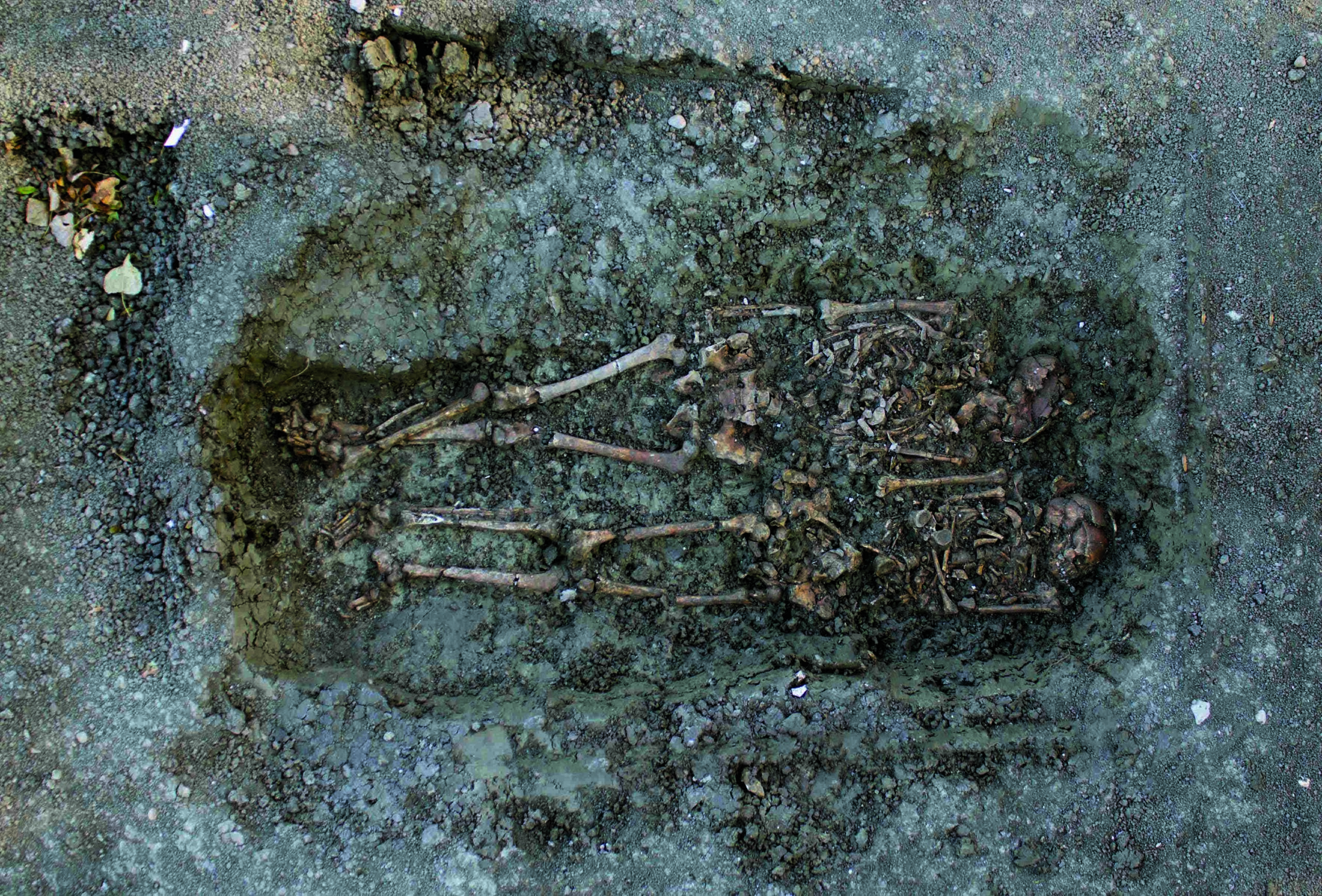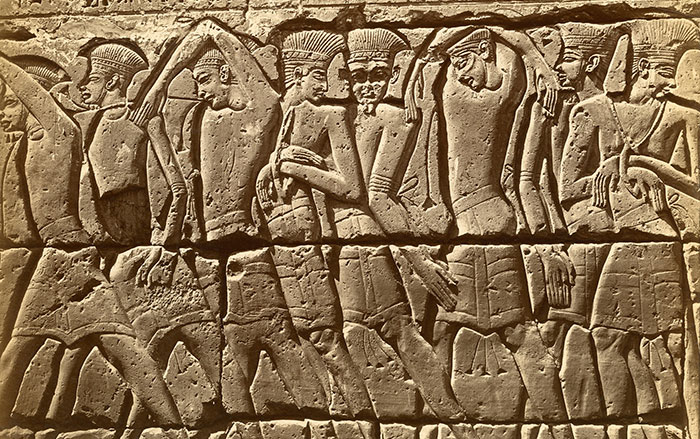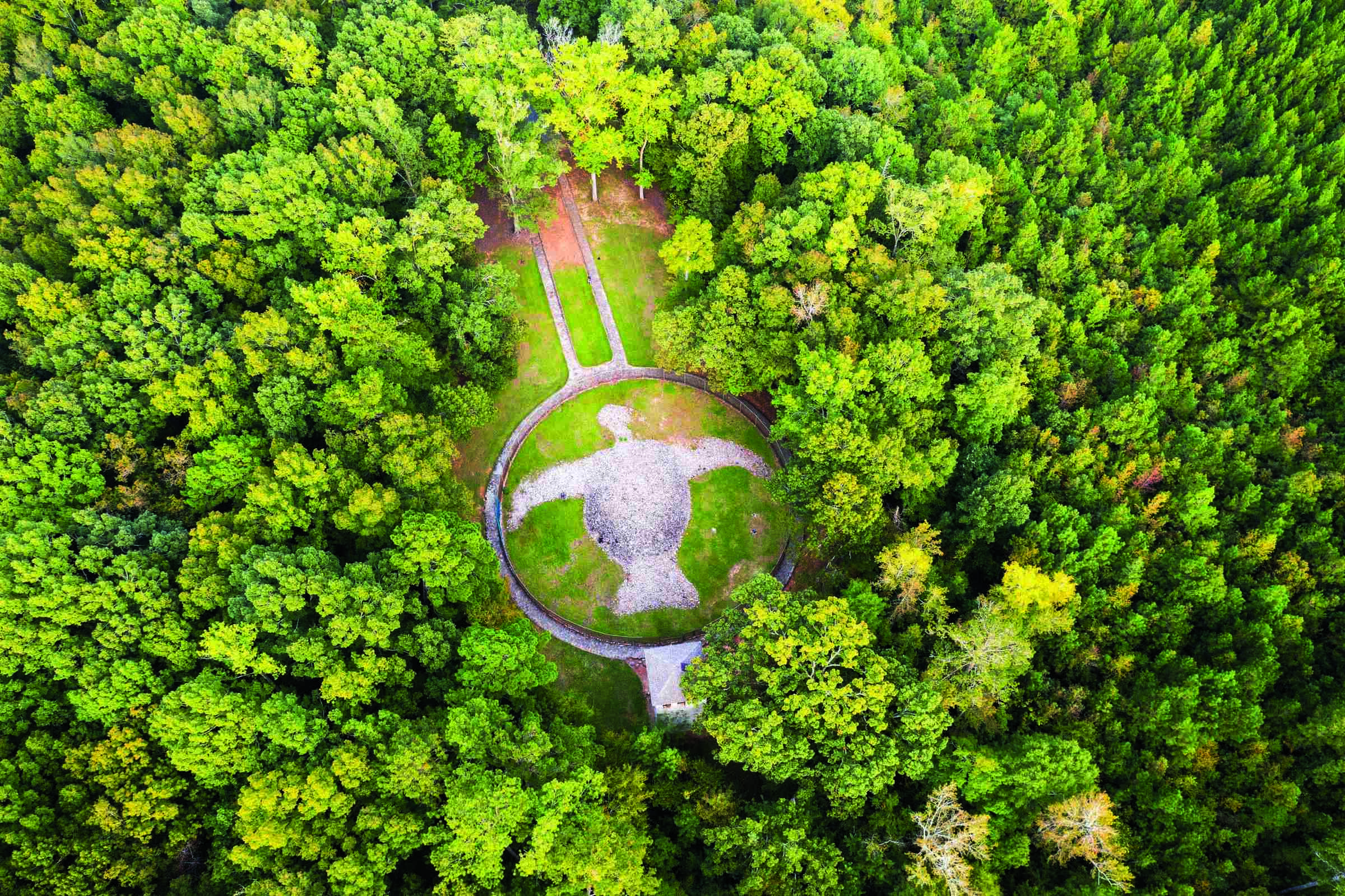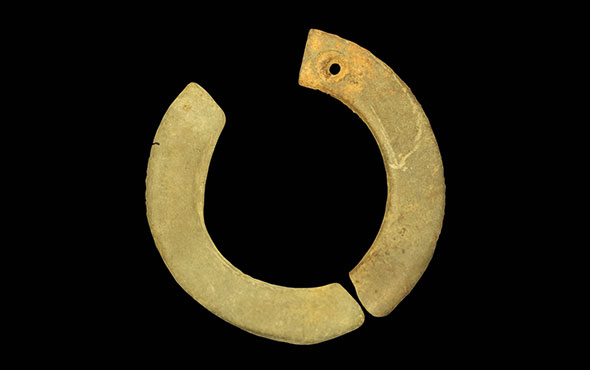
TARTU, ESTONIA—According to a Nature News report, scientists have found DNA from the strain of the herpes virus that causes lip sores preserved in the blood vessels of the teeth of four people, including a woman who was buried in the sixth century A.D. and the 600-year-old remains of a teen from eastern England. The previous oldest herpes virus genome on record came from someone who lived in New York in 1925, said archaeomolecular biologist Christiana Scheib of the University of Tartu. For this DNA to be detectable, a person would have to have had an active infection at the time of death, Scheib explained. The HSV-1 virus usually lives in the nervous system, but during times of stress, the infection can become active, move into the bloodstream, and trigger the appearance of a sore, she added. When Scheib and her colleagues compared the ancient strains of HSV-1 to modern strains, they were able to determine that they all had a common ancestor that emerged around 5,000 years ago. HSV-1 may have spread into Europe with migrants during the Bronze Age, aided with the invention of romantic kissing some 3,500 years ago, she concluded. Read the original scholarly article about this research in Science Advances. To read about the extraction of viral DNA from human bones, go to "A Viral Fingerprint."











